Routes to Success
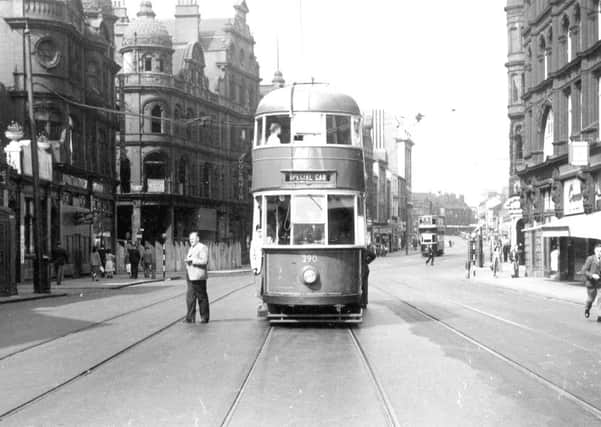

Disease-ridden yards and courts extended on either side of Vicar Lane, and it remained a narrow thoroughfare, heavily populated by the working classes and small-time traders, until the late 19th century.
In June 1891, and in line with similar development activity up and down the country, Leeds Corporation’s Streets and Sewage Committee proposed a huge improvement scheme for the city. Unanimously, it was decided that the widening of a number of important streets including Vicar Lane was absolutely necessary to adapt to traffic requirements – to take two lines of tramways and other vehicles.
Advertisement
Hide AdAdvertisement
Hide AdThoroughfares that had sufficed for 20 years were now much too narrow. The cost for compulsory purchase of property and reforming streets was estimated at about £373,000. Initially, it was thought making streets 14 yards wide would be satisfactory. Later it was felt that nothing less than 20 yards would suffice. In the interests of health, commerce and the prosperity of the city it was strongly argued essential that the main arteries should be of adequate width.
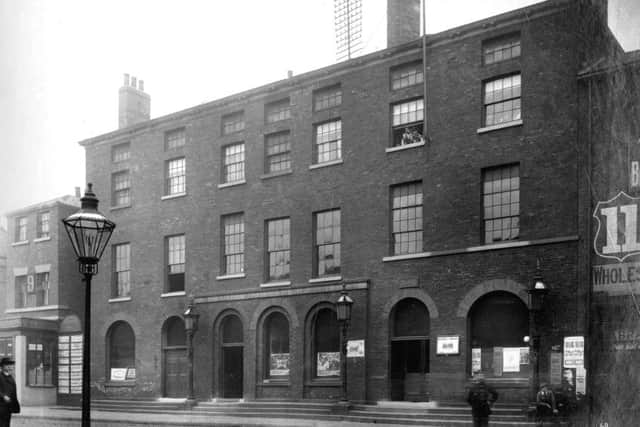

Around the same time, Leeds Corporation Medical Officer of health reported that the area bounded by Marsh Lane, Kirkgate, Vicar Lane, North Street, Hope Street and St Mary’s Street contained houses, courts and alleys that were unfit for human habitation. Forty years earlier there had been a serious outbreak of typhus fever.
Throughout the 19th century trade and industry had grown immeasurably and important changes were urgently needed in many aspects of city life. In the last decade of the century, the area of the city was over 21,000 acres and with a population of about 420,000.
One objective of the widening of Vicar Lane was to divert a portion of the Roundhay Road and Roundhay Park traffic from New Briggate and to enable a tram track to be laid along the widened thoroughfare.
Advertisement
Hide AdAdvertisement
Hide AdThe greatest care was being taken by divers of tramcars, buses and other conveyances in going along Briggate to avoid collisions. Frequently, there were not more than three or four inches between the passing vehicles. With a line of cabs down the centre and an almost continuous stream of vehicles on each side of it, people wishing to cross had to keep a sharp look out.
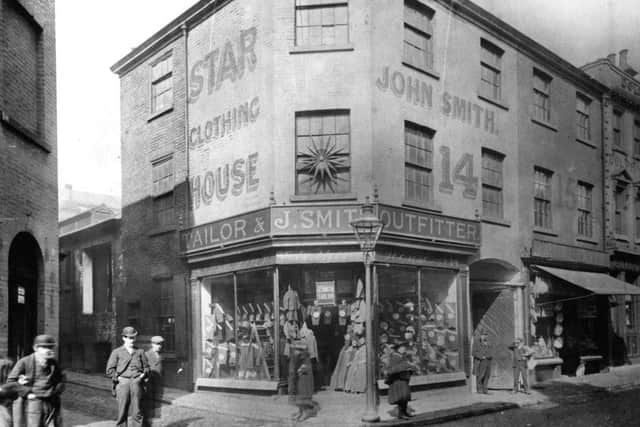

Vicar lane was the principal approach to Markets, soon to be massively developed and so an improvement in access was vital.
By July 1894 Leeds Corporation was serving notices upon owners of the required Vicar Lane property where the street line was to be set back. Those affected were on the east side and included well-known buildings and business premises.
One noted property destined for demolition was the Greyhound Hotel at no 10 and once facing Vicar’s croft – an area of land from which Vicar Lane presumably took its name. A large four-storey building, the pub was originally the House of Recovery erected in 1802. During 1824, a dispensary was opened in the building and the House of Recovery existed there until moving to Beckett Street in 1846.
Advertisement
Hide AdAdvertisement
Hide AdIn widening Vicar Lane and adjoining areas the corporation, in purchasing property to be demolished for the street improvement, spent around a quarter of a million pounds.
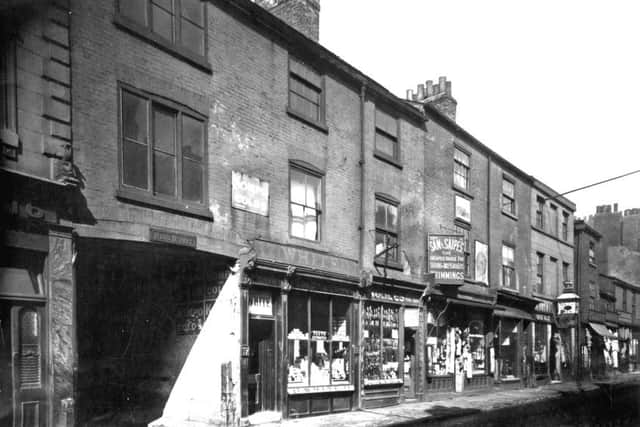

In 1896 it applied to Parliament for fresh powers to widen streets and construct, lay down and work tramways in many areas of Leeds including Vicar Lane.
By October 1897, it was reported there were only three owners of property that had not been acquired and their claims were to be settled by arbitration. The widening of the street was to involve the re-erection of the Covered Market so as to fix a street line 75 feet wide. At one point Vicar Lane was formerly 39ft and at another 31ft.
A year later, among the properties acquired by the corporation were seven licensed houses and the total cost was £50,000. They were the Crown Inn, the Beehive, the Brunswick, the Royal Sovereign, the Red Lion, the New Inn and the Black Swan. All seven were to be demolished and plans were proposed to replace them with three up-to-date new houses.
Advertisement
Hide AdAdvertisement
Hide AdUnder the heading Street Improvement, Bee Hive Inn Vicar Lane, auctioneer J.H. Teale said he had received instructions from the city council ‘to sell at auction without reserve on the premises the whole of the fixtures, trade utensils and modern brewing plant.’
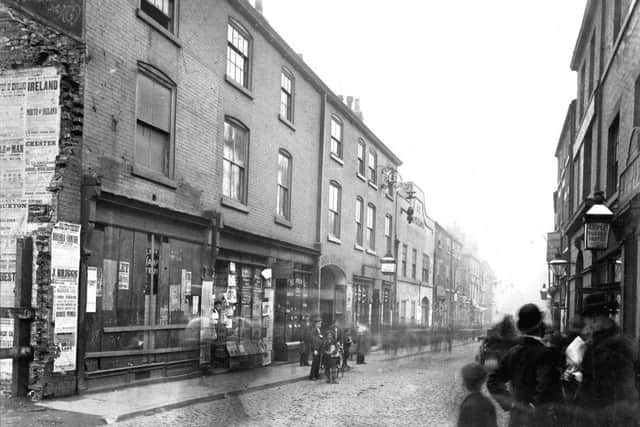

Whilst work was being carried out on setting back the east side of Vicar Lane and rebuilding new properties on the remaining land, another bold, imaginative scheme started on the opposite side and extended through to link with Briggate.
This was the building of the County Arcade along with the adjoining Cross Arcade by the Leeds Estate Company in 1898-1903 after protracted negotiations with Leeds Council. Constructed on the site of White Horse Yard, each side of the arcade was flanked by a new street – Wood Street, which after widening, became Queen Victoria, and Cheapside was renamed King Edward Street. Part of the work involved pulling down the butchers’ shops in Cheapside and Fleet Street, known as the Shambles, work beginning in July 1899.
Today, over 100 years after the first major upheaval in Vicar Lane, significant development work is still being undertaken there and, as before, is in the interests of health, commerce and the general prosperity of the city.